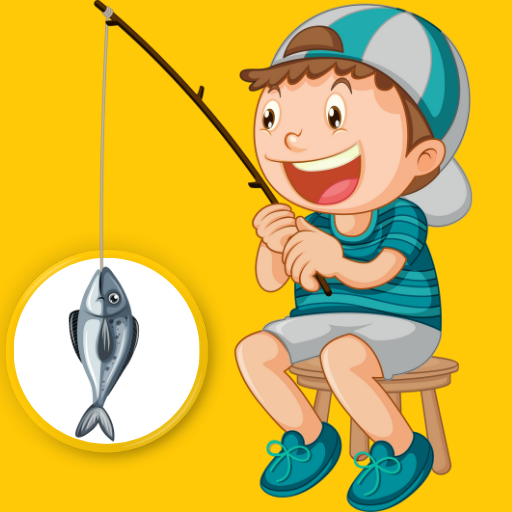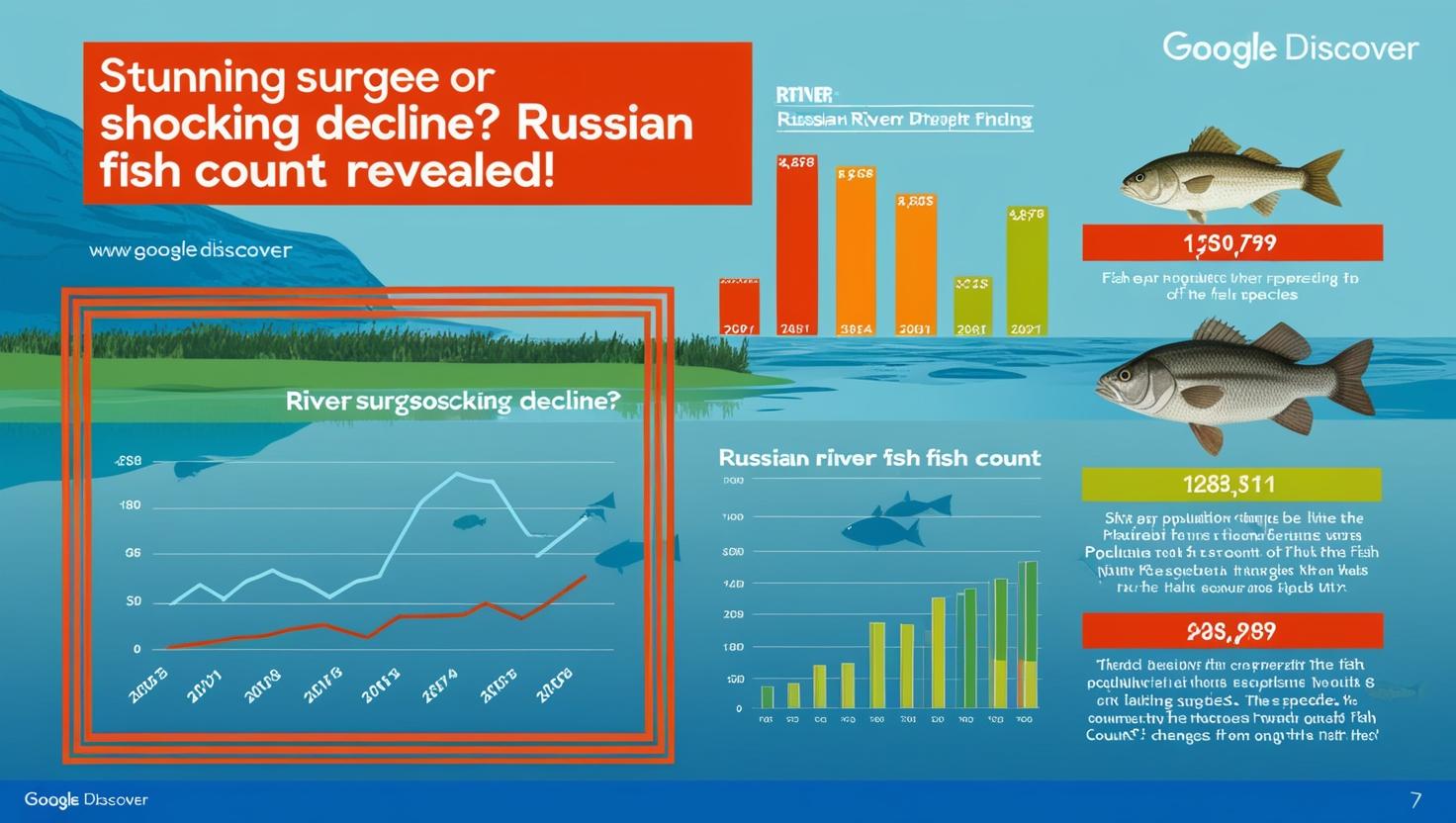An Unprecedented Look at Russian River’s Aquatic Life
The Russian River, an ecological treasure of Northern California, has long served as a vital habitat for anadromous fish species, notably Chinook salmon and steelhead trout. In recent years, however, conservationists, environmental scientists, and local anglers have grown increasingly concerned about significant fluctuations in fish population numbers. The most recent fish count data has delivered a dramatic update—one that demands urgent analysis and interpretation.
Historic Context: Russian River’s Role in Salmonid Migration
For decades, the Russian River has been a critical spawning route for salmonids. These migratory fish travel hundreds of miles to spawn in freshwater after spending years in the Pacific Ocean. Efforts to restore and protect these species date back to the mid-20th century, with multiple state and federal agencies, including the California Department of Fish and Wildlife (CDFW) and NOAA Fisheries, overseeing recovery strategies. Despite these initiatives, recent climate shifts, habitat degradation, and human intervention continue to influence their populations.
Latest Russian River Fish Count: Numbers That Speak Volumes
The 2024–2025 monitoring period has brought surprising insights. According to the latest reports:
- Chinook salmon numbers dropped by 23% compared to the previous year.
- Steelhead trout showed a moderate 8% increase, primarily due to improved water flow conditions.
- Coho salmon populations remain critically endangered, with fewer than 500 individuals recorded in the watershed.
These numbers were obtained through automated fish counting stations, snorkel surveys, and electrofishing methods conducted by local biologists. They point to a stunning surge in some tributaries, but an overall alarming decline in major segments of the river system.
Ecological Factors Behind the Trends
1. Water Temperature and Flow Patterns
The Russian River has experienced above-average water temperatures in recent summers, largely attributed to persistent drought conditions and global warming. Elevated temperatures diminish dissolved oxygen levels, which severely affects fish survival, especially during the spawning season.
Simultaneously, inconsistent water flows, particularly during the critical fall migration period, have disrupted the fish’s natural return cycles. Reduced snowpack runoff from the Sierra Nevada also means lower streamflow in spring, which is essential for juvenile fish migration.
2. Habitat Fragmentation and Human Impact
Multiple dams along the Russian River and its tributaries, including the Warm Springs Dam and Coyote Dam, significantly alter the natural water flow. Though equipped with fish ladders, these structures still present formidable barriers to successful migration.
Additionally, urban development, agricultural runoff, and riverbank erosion have degraded vital spawning habitats. Sediment buildup, chemical pollutants, and water diversion for vineyards and residential use all contribute to ecosystem instability.
3. Predation and Invasive Species
Native fish are increasingly under threat from non-native predators like smallmouth bass and striped bass, which thrive in warmer water temperatures. These predators not only compete for food but also directly prey on young salmonids.
Moreover, invasive aquatic vegetation, fueled by nutrient runoff, can choke river channels and reduce viable spawning grounds, further stressing already fragile populations.
Community and Conservation Responses
Recognizing the urgency of these ecological signals, multiple organizations have mobilized for immediate and long-term solutions:
Russian River Coho Salmon Captive Broodstock Program
A joint effort by NOAA Fisheries, CDFW, and UC Cooperative Extension, this program aims to reintroduce genetically diverse Coho salmon into the watershed. Through hatchery breeding and strategic release, the program has helped stabilize some tributary populations.
Stream Restoration Projects
Non-profits like Russian Riverkeeper and California Trout are working on stream restoration initiatives, including gravel augmentation, riparian vegetation planting, and large woody debris placement, all crucial for creating viable spawning and rearing environments.
Policy Advocacy and Water Use Regulation
Local government bodies and environmental coalitions are lobbying for tighter water usage restrictions, especially during drought periods. The goal is to ensure minimum flow levels necessary for fish migration and survival are consistently maintained.
Indigenous Perspectives and Traditional Ecological Knowledge (TEK)
Tribal communities such as the Pomo and Wappo peoples have maintained deep cultural and spiritual ties to the Russian River for millennia. Their knowledge of seasonal fish patterns, habitat signs, and sustainable harvesting practices are now being integrated into mainstream conservation approaches. Collaborative management strategies are yielding promising results, especially in co-managed territories.
Technology’s Role in Monitoring and Preservation
AI and Machine Learning in Fish Tracking
Modern conservationists are now leveraging AI-based fish recognition systems that analyze underwater footage to track species diversity and health. These tools offer real-time insights into population dynamics and enable faster response measures.
Drones and Aerial Mapping
Drones are being deployed to conduct aerial surveys of remote tributaries, identify erosion-prone areas, and monitor vegetation health. This bird’s-eye view accelerates restoration planning and ensures accurate data collection.
Future Outlook: What Lies Ahead for the Russian River Fishery?
The mixed data from the recent fish count paints a complex picture. While certain tributaries like Austin Creek and Green Valley Creek have seen increases in juvenile salmonid numbers due to local restoration efforts, mainstem populations remain highly vulnerable.
Key priorities for future recovery include:
- Expanding habitat restoration beyond high-visibility tributaries.
- Increasing public awareness and stakeholder collaboration.
- Ensuring climate resilience through adaptive management policies.
If these actions are not taken promptly, the river may edge closer to an ecological tipping point, beyond which natural recovery may become impossible.
Conclusion: A Call to Action
The Russian River stands at a pivotal crossroads. This season’s fish count has delivered both hopeful gains and startling losses. We must heed the warning signs embedded in these numbers and act with scientific rigor, community cooperation, and policy commitment.
Our river’s ecological integrity, and the survival of its iconic fish species, depend on coordinated and sustained action. Each fish counted this season represents not just a datapoint, but a testament to what’s at stake—and what can still be saved.


Leave a Reply